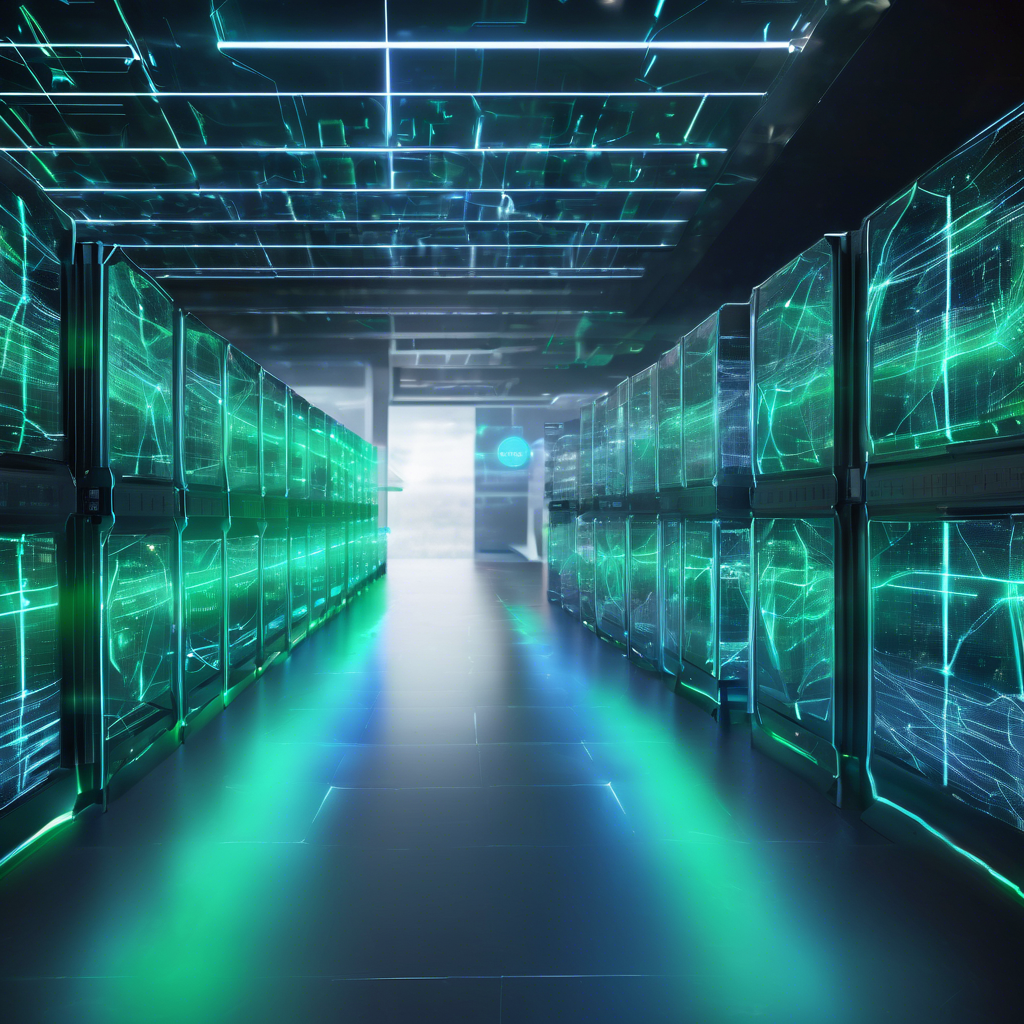NGA Focuses on Mission Objectives Amid Workforce Reductions at Satellite 2025

**Summary:** During the Satellite 2025 conference on March 10, Vice Adm. Frank Whitworth, director of the National Geospatial-Intelligence Agency (NGA), emphasized that the agency is maintaining its focus on mission objectives despite recent staff reductions. He acknowledged the human stresses related to these changes but expressed pride in how the workforce is adapting to the cuts, which are part of the Trump administration's Department of Government Efficiency efforts. Although exact numbers of staff reductions were not disclosed, Whitworth highlighted the importance of transparent communication with employees regarding these changes. The NGA, employing around 14, 000 individuals, including 9, 000 civilians, plays a vital role in national security through geospatial intelligence. Whitworth noted that congressional committee members were impressed with the professionalism of the NGA staff during a recent intelligence update. In addition to managing workforce adjustments, the NGA is accelerating the integration of artificial intelligence (AI) into its operations to enhance productivity and improve intelligence delivery.
This initiative builds on Project Maven, which began in 2017. To support this direction, Whitworth announced key appointments, including Mark Munsell as director of AI standards, Trey Treadwell as director of AI programs, and retired Col. Joe O’Callaghan, who will focus on AI missions while stationed at Fort Bragg. Whitworth cautioned that implementing AI technologies requires significant investment and resources due to the vast amounts of data generated, posing a challenge to scale successful initiatives like Project Maven during this transition period.
Brief news summary
At the Satellite 2025 conference in Washington, Vice Adm. Frank Whitworth, head of the National Geospatial-Intelligence Agency (NGA), addressed the agency's adjustments following workforce cuts from the Trump administration. He recognized the difficulties stemming from these reductions but praised the resilience of NGA's 14,000-member workforce, comprising 9,000 civilians. Emphasizing the necessity of clear communication about these changes, Whitworth reaffirmed the NGA's commitment to leveraging artificial intelligence (AI) to enhance productivity and facilitate intelligence sharing. He introduced key personnel appointments, including Mark Munsell as director of AI standards, Trey Treadwell as director of AI programs, and retired Col. Joe O’Callaghan as director of AI missions. Whitworth highlighted AI's transformative potential and called for increased funding to manage the rising volume of satellite imagery and intelligence data effectively. The NGA’s current mission is to advance AI capabilities while managing workforce transitions amid a dynamic political environment.
AI-powered Lead Generation in Social Media
and Search Engines
Let AI take control and automatically generate leads for you!

I'm your Content Manager, ready to handle your first test assignment
Learn how AI can help your business.
Let’s talk!

AI Experts Discuss Potential Existential Risks of…
The rapid progress of artificial intelligence (AI) has generated significant debate and concern among experts, especially regarding its long-term effects on humanity.

SEC Holds Roundtable to Discuss Crypto Policy and…
The Securities and Exchange Commission's (SEC) Crypto Task Force held a significant roundtable discussion on Friday, concentrating on the complex challenges and evolving intricacies at the crossroads of the cryptocurrency industry and securities laws.

Top 5 Blockchain Infrastructure Companies Powerin…
Financial institutions are increasingly exploring blockchain technology for its ability to streamline settlement processes, enable real-time transfers, and support the tokenization of real-world assets (RWAs) such as securities, credit, bonds, and real estate.

Meta Investors Cheer as Zuckerberg Doubles Down o…
Log in to access your portfolio Log in

Machine learning on blockchain: A new approach to…
A recent study published in Engineering introduces an innovative framework that integrates machine learning (ML) and blockchain technology (BT) to improve computational security in engineering applications.

AI in Cybersecurity: Enhancing Threat Detection a…
Artificial intelligence is becoming an essential element in cybersecurity, greatly improving the ability to detect and respond to potential threats.

ICE wants more blockchain analytics tech; Army re…
U.S. Immigration and Customs Enforcement (ICE) is increasing its investment in blockchain intelligence technology, alongside other investigative platforms.

 Auto-Filling SEO Website as a Gift
Auto-Filling SEO Website as a Gift








 Auto-Filling SEO Website as a Gift
Auto-Filling SEO Website as a Gift

